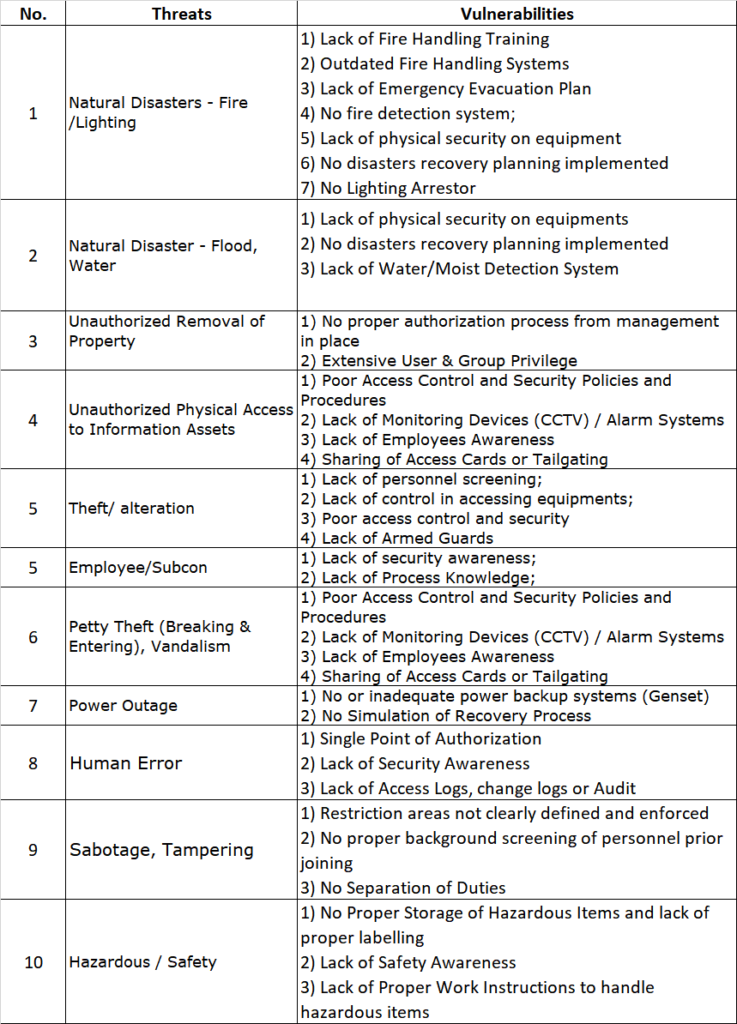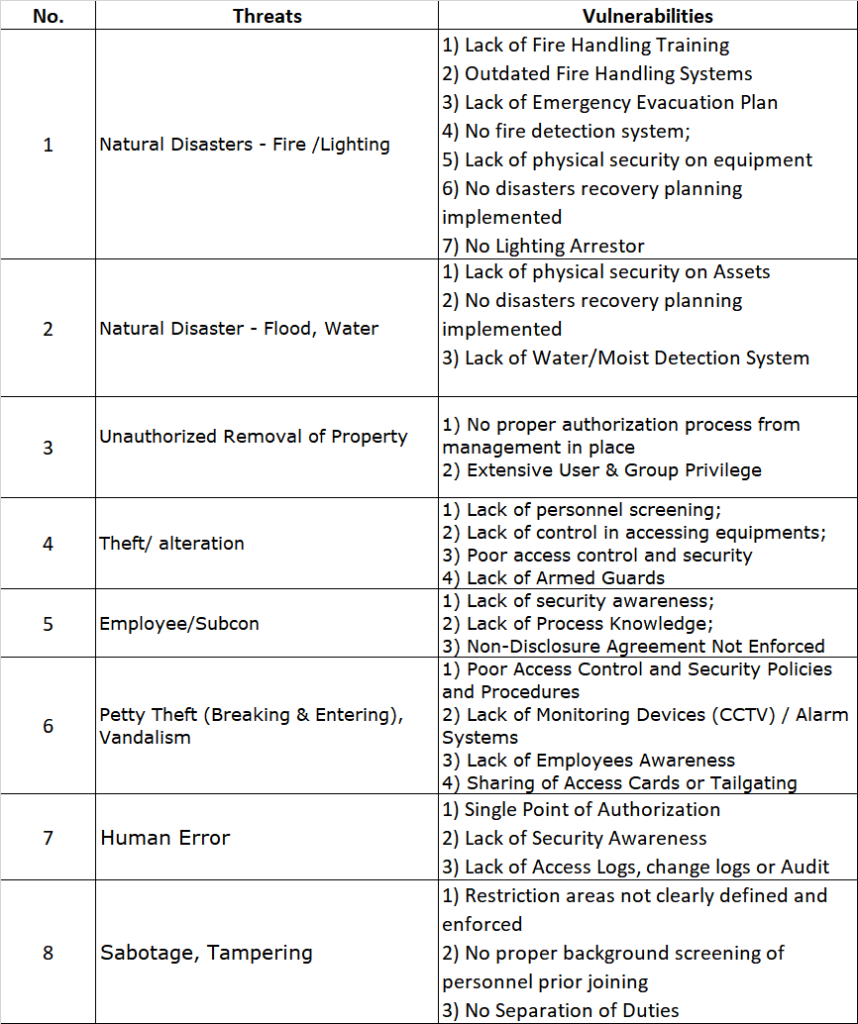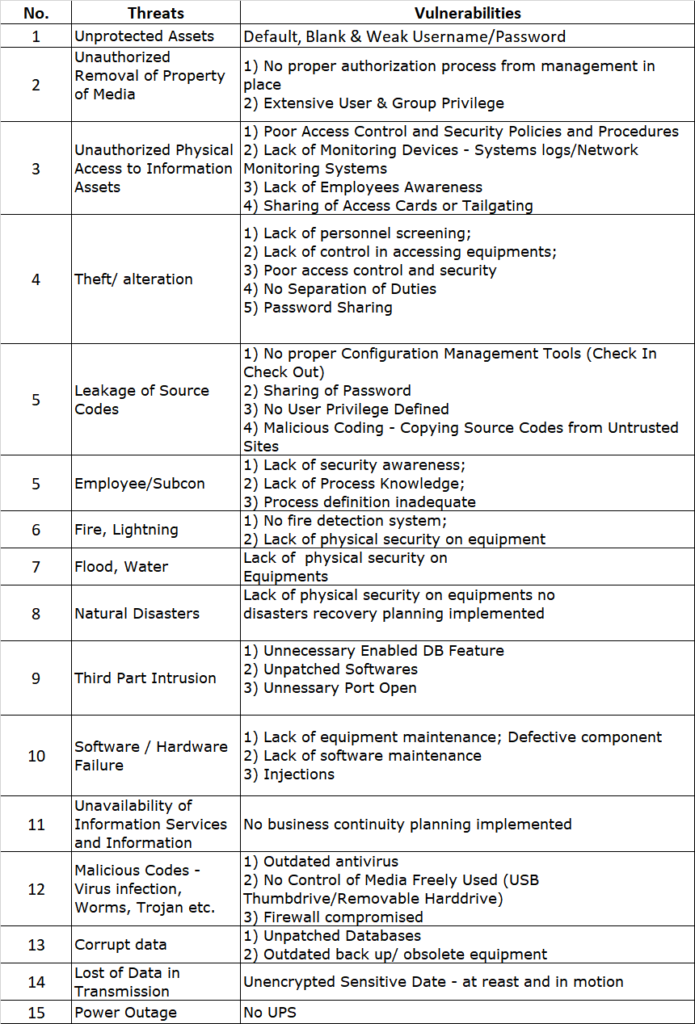
So here you are, with your new spanking SUV that is fully EV and fully automated, with the most state of the art systems inbuilt. You get into the car, switch everything on, put in your favourite tune and head off to work. Suddenly, out of nowhere, your speakers go bonkers and suddenly says in an ominous voice, “Now I got you…” and your steering decides to turn despite your best effort to right it and the accelerator depresses despite you removing your feet off the pedal and your brakes don’t work anymore. You watch helplessly as your car flies over the embankment 120 km an hour.
Homicide by the car. Open your pod bay doors, Hal.
This seems far removed from current reality, but it might not be as far as we think.
Cyberattacks are on the rise in the traditional automotive industry in recent years, as cars become more dependent on circuits and electronics as opposed to mechanics and gaskets.
Connectivity defines the modern vehicle. With some cars containing over 100 million lines of code and processing nearly 25GB of data per hour, computerization radically reimagines mobility – enabling telematics, infotainment and autonomous drive capabilities that were unthinkable barely a decade ago. This software-ized transformation, securing IT components against cyber risks grows ever-more vital. As showcased by researchers commandeering functions like braking and steering via consumer Wi-Fi or compromised infotainment apps, hackers now have pathways into safety-critical vehicle controls. Highly automated models promise even larger attack surfaces.
In the future, mechanics will be phased out by electronic engineers to fix cars. You would go to an electronic shop instead of a mechanic shop. Say goodbye to the toothy uncle with the towel around his shoulder shaking his leg in his greasy shirt.
Bearing this in mind, the Japanese automotive industry is making serious efforts to improve cybersecurity. The Japan Automobile Manufacturers Association (JAMA) and the Japan Auto Parts Industries Association (JAPIA) both formed cybersecurity working groups. These two collaborated in 2019 to develop the JAMA/JAPIA Cybersecurity Guidelines, and on March 31, 2022, a second version was released to help steer the industry toward a more cyber-resilient course. Spanning 156 requirements aligned to internationally recognized standards, the guidelines furnish a sector-specific blueprint for fortifying defenses.
Who Do the Guidelines Target?
Given deepening connectivity between various players, the guidelines take broad aim across the mobility ecosystem:
- Automobile manufacturers
- Major Tier 1 parts suppliers
- Software and semiconductor vendors tightly integrated into products
- Telecommunications carriers facilitating connectivity
- Fleet operations centers managing vehicle data
- Components manufacturers farther down supply tiers
- Aftermarket service providers accessing internal buses
- Dealership networks bridging manufacturers and consumers
- Academic partners feeding talent pipelines
Essentially, any entity handling sensitive intellectual property or providing critical products/services supporting vehicle R&D, manufacturing, sales, maintenance or communications should adhere to the prescribed cyber controls. This is fairly normal, like other standards out there, sub-contractors usually take the hit, as these standards are pushed down from the top.
While the guidelines focus on securing corporate IT environments, they spotlight risks from increasing convergence of enterprise and industrial assets. As connected platforms, analytics and cloud infrastructures provide gateway for adversaries into production systems, shoring up corporate IT protection grows imperative.
Three-Year Roadmap for Enhancing Cybersecurity Posture
Given the significant dedication for properly implementing comprehensive cybersecurity management programs, requirements are divided into three priority tiers reflecting basic, intermediate and advanced measures. The purpose of this is to demonstrate the minimum necessary countermeasures that must be used regardless of company size. This division allows organizations to methodically elevate security stature over a three-year adoption roadmap:
Level 1 – Basic Security Hygiene (Mandatory):
The 35+ non-negotiable Level 1 controls target universals like access management, malware defenses, monitoring fundamentals, compliance auditing, encryption, and security training. These form basic cyber hygiene mandatory across all auto sector entities. These requirements are intended to build a chain of security and trust between companies and their business partners and are also applicable to small and medium-sized enterprises. Non automative industry might do well to also use some of these as baseline cybersecurity practices. It’s basically cybersecurity hygiene. And we all know Japan has the best hygiene in the world, right?
Level 2 – Best Practices (2 Years):
An additional 60+ intermediate requirements call out data protection expansions, enhanced monitoring/logging, vulnerability management, security testing and supply chain risk management practices. Deeper employee training and executive awareness campaigns also feature.
Firms handling sensitive IP or high transaction volumes are expected to adopt Level 1 and 2 guidelines covering both foundational and sector-specific heightened risk areas within two years.
Companies should implement these controls, especially if they meet one of the following conditions:
1. Companies handling external confidential information (technical, customer information, etc.) within the supply chain.
2. Companies with significant internal technology/information relevant to the automotive industry.
3. Companies with a reasonable size/share that could have a significant impact on the industry supply chain due to unexpected disruptions.
Level 3 – Advanced Protections (3 Years):
Finally, over 50 sophisticated measures comprise the advanced tier targeting state-of-the-art safeguards. Encryption ubiquity, advanced behavioral monitoring, automated validation testing, penetration assessments and further elevation of risk management programs defined here help drive the industry’s cybermaturity.
These practices showcase leadership, with Level 3 representing an ultimate target for manufacturers expected to benchmark sector-wide security.
Built-in Flexibility Accounts for Organization Size
The tiered model acknowledges the varying cybersecurity investment capabilities across the industry landscape. This allows smaller players an achievable Level 1 entry point before working toward the expanded Layer 2 and 3 guidelines on a timeline proportional to organizational size and risk.
Again, in comparison to standards like PCI-DSS that also adopts similar tiered approach for compliance, this makes sense, given the number of different entities affected by this standard.
Checklist Format Provides Clear Milestones for Growth
To ease adoption, requirements trace to numbered checkpoints within a detailed appendix. This enumerated format lets companies definitively benchmark postures against guidelines and methodically strengthen defenses while tracking progress.
Shared criteria similarly help suppliers demonstrate security improvements to automaker customers through consistent maturity evaluations, facilitating trust in the supply chain.
Guidance Tuned to Automotive Sector Risk Landscape
Along with staging requirements by attainability, guidelines tailor controls and concepts to risks distinct from other industries. While mapping extensively to internationally recognized standards like NIST and ISO27K, authors customized content to the sector’s specialized threats and priorities.
For example, Level 1 mandates continuous monitoring for unauthorized access or malware activity. This acknowledges the havoc potential of a breach within an interconnected web of automakers, parts suppliers and assembly lines. Different secure zones and security focuses blur the lines on whether if (or when) a breach occurs, whose problem is that, how do we track it?
The repeated emphasis on supply chain oversight, information exchange standards and third-party security likewise reflects the complex hand-offs and trust relationships fundamental to mobility ecosystem operations.
Build Cyber Resilience Across Fragmented Environments
As vehicles evolve into software-defined platforms, cyber principles growing from these Japanese guidelines can shape sector-wide baseline resilience. Automotive IT interconnectivity will only intensify, making comprehensive, unified cybersecurity strategy essential. The scenario of the killer SUV may still be well into the future, but everything starts somewhere and as the world move more into the electronic and artificial, so too our dependence on everyday technology that we take for granted.
Whether global manufacturer or tiny niche parts maker, each player shares responsibility for hardening the greater environment. Just as drivetrains integrate thousands of precision components into harmonized mechanical systems, robust digital defenses emerge from many entities working in synch.
Implementing defined building blocks now allows the industry to preemptively navigate obstacles that could imperil revolutionary mobility pursuits ahead. For those seeking secure footing in the auto sector’s cyber journey, this three-year roadmap paves a straight path forward. This isn’t just for Japanese companies, but for any company whether in Malaysia or other regions that does business with Japanese automakers. This is a clarion call to the industry that cybersecurity should be foremost in the board’s agenda. Contact us at avantedge@pkfmalaysia.com and we will immediately get back to you. With our Japanese auditor and implementation partners, we can assist you in any way you want in navigating this standard.
Unless of course, you are in your Killer Suv. In that case, we can’t navigate that. Good luck!







